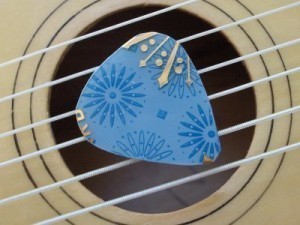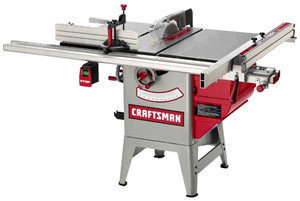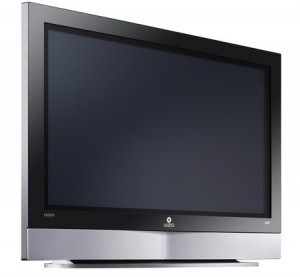Guitar Pick Size Chart
You’ll find guitar picks in various sizes,  thickness, materials, and shapes. There are those who find choosing a pick quite a bit confusing. There are some attributes that you should consider when choosing the right pick for your skill level. If you are making a size chart of various picks these are the things that you should put in there.
thickness, materials, and shapes. There are those who find choosing a pick quite a bit confusing. There are some attributes that you should consider when choosing the right pick for your skill level. If you are making a size chart of various picks these are the things that you should put in there.
Main Attributes of Guitar Picks
If we were to classify and create a size chart of various picks you can buy then we should group them all according to four attributes that affect how you play. First off would be the shape of the pick’s tip. Next in the list will be the thickness. Following that will be the pick’s overall size. And last of all will be the material in which the pick is made.
Shape of the Tip
One of the important things in guitar picks that you should pay attention to is the shape of the tip. The tip is that part of the pick that you use to strike the strings. Looking around in a guitar store, you’ll easily notice that the tips are either rounded or sharp. Both shapes have their unique uses and you’ll shift from one to the other depending on what part you play in a song.
Round tip picks are what you will usually use when playing the rhythm section of a song. It’s perfect for strumming strings and playing chords. Since the edge of this pick is rounded it can easily slide across strings. It also allows easier execution of strumming patterns and rhythm techniques. If you will just be riffing along then this is a great shape to work with.
However, if you are going to do shred riffing or play rhythm sections that require some shredding then you should go for sharp-ended picks instead. A round tipped pick won’t work that well if you’ll do some picking along with some shredding. If you’re playing lead then you should seriously get a sharp-ended guitar pick.
Thickness or Gauge
The next item in a size chart should be the gauge of a guitar pick. The gauge or thickness is expressed in millimeters. Picks will range from 0.38mm gauge to 1.5mm thickness. The rule here is that if you’re playing rhythm you should choose a thin pick. If you’re playing lead then go for a thick pick.
However, if you are an experienced guitar player you can play both rhythm and lead with a thick pick. Think picks generally make chords sound smooth when you strum them. In contrast, thicker picks will firmly strike strings and play them louder.
Material
The most common materials that are used to make picks are nylon, metal, tortex, and plastic. The texture of each material will affect how your fingers move with the pick in your fingers. Judge which material has the best surface grip that will work well with you. Metal picks are the most expensive ones but last longer. Plastic guitar picks don’t last that long but are the cheapest. Nylon and tortex picks are the most common and have a good surface grip.
Overall Size
Guitar picks will come in various sizes. A good tip when choosing the right pick is to get the size that will fit comfortably. Some beginners find that jazz picks are good to practice on even for those who have really small hands.





